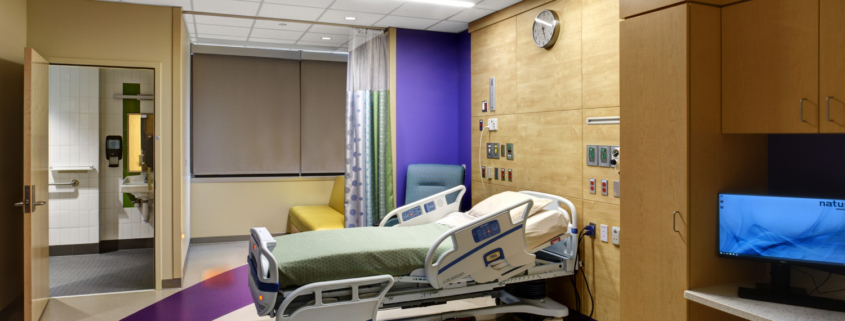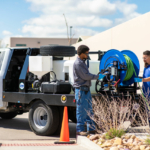Mechanical HVAC: Critical to health care facilities
By August Heffner, Special Projects Healthcare Client Representative
Heating, ventilation and air-conditioning systems in health care facilities are not just about providing comfort; they are a critical component of patient care and safety. Proper air quality, temperature and humidity control are essential for preventing infections, ensuring patient and staff comfort, and safeguarding medical equipment. Having a competent HVAC partner who can support new facility construction, renovations or retrofits, and ongoing maintenance can greatly improve a facilities ability to meet the following requirements.
Air quality management
- Infection control. Mechanical systems are essential for controlling airborne pathogens in healthcare settings. Proper ventilation reduces the spread of infections by diluting and removing contaminants from the air. This is crucial in areas like operating rooms, isolation rooms and intensive care units where vulnerable patients are treated.
- Filtration. High-efficiency particulate air filters are often used in healthcare HVAC systems to capture bacteria, viruses and other particles. These filters help ensure that the air remains as clean as possible, protecting both patients and health care workers.
Temperature control
- Patient comfort. Maintaining a comfortable temperature is vital for patient recovery. Extremes of heat or cold can stress patients’ bodies, potentially complicating their recovery process. Consistent temperatures help create a healing environment.
- Equipment performance. Many medical devices and pharmaceuticals require specific temperature ranges to function correctly and remain effective. Proper HVAC systems ensure that these conditions are met, preventing equipment malfunctions and preserving medication efficacy.
Humidity control
- Preventing mold and mildew. High humidity levels can lead to the growth of mold and mildew, which pose significant health risks, especially to immunocompromised patients. HVAC systems help maintain optimal humidity levels, preventing these issues.
- Comfort and health. Low humidity levels can lead to dry skin, respiratory discomfort and an increased risk of infections. By maintaining balanced humidity, HVAC systems contribute to a more comfortable and healthier environment for patients and staff.
Pressure control
- Isolation and protection. Negative pressure rooms are used to isolate patients with infectious diseases, ensuring that contaminated air does not spread to other areas. Conversely, positive pressure rooms protect immunocompromised patients by preventing outside air from entering. HVAC systems manage these pressure differentials to maintain safety and health standards.
Energy efficiency and sustainability
- Cost management. Efficient HVAC systems help health care facilities manage energy costs,
which can be substantial. By implementing energy-efficient technologies and practices, facilities can reduce their operating expenses.
- Environmental impact. Sustainable HVAC solutions reduce the environmental footprint of healthcare facilities. This aligns with broader efforts to promote environmental responsibility within the health care sector.
When choosing a partner for your next project, make sure to find an organization that has patient care as the No. 1 priority. Health care experience is also a must as working in active, occupied spaces requires attention to details, safety measures and overcommunication to ensure no disruptions to daily facility operations.



